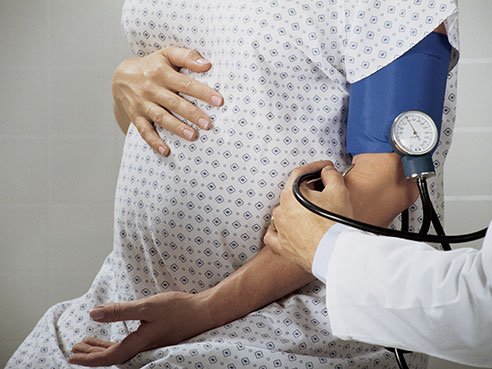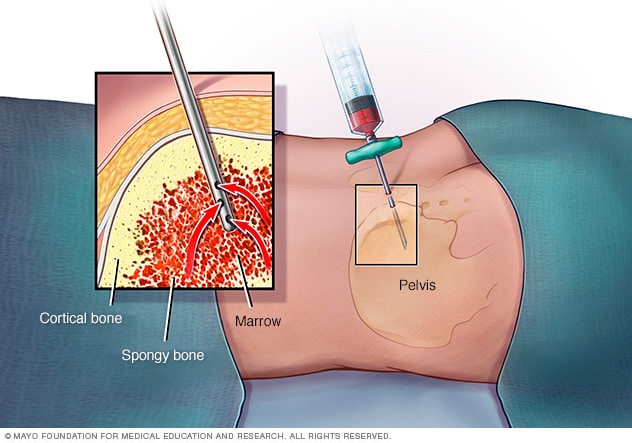Endotracheal Intubation Procedure or ETT is s an emergency procedure that’s often
performed on people who are unconscious or who can’t breathe on their own. EI maintains an open airway and helps prevent suffocation.

if you fail after two trial ,please Dont try adain just oxygenate the patient and use laryngeal mask airway.
Dont waste more time in intubation ,laryngeal mask airway enough and go to search about underling cause to treat.
performed on people who are unconscious or who can’t breathe on their own. EI maintains an open airway and helps prevent suffocation.

You may need Endotracheal Intubation Procedure for one of the following reasons:
- to open your airways so that you can receive an anesthetic, medication, or oxygen
- to protect your lungs from damage
- you’ve stopped breathing or you’re having difficulty breathing to secure airway
- you need a machine (ambu bag or ventilator) to help you breathe
- you have a head injury
if you fail after two trial ,please Dont try adain just oxygenate the patient and use laryngeal mask airway.
Dont waste more time in intubation ,laryngeal mask airway enough and go to search about underling cause to treat.

More serious complications may occur in older adults who have
serious medical problems. These complications are rare but may include:
- heart attack
- lung infection
- stroke
- temporary mental confusion
- death
Intubation Risks
There are some risks related to intubation, such as:
- a buildup of too much water in your tissues
- bleeding
- a collapsed lung
How Is Endotracheal Intubation Done?
Watch the video
What to Expect After Endotracheal Intubation
You may have some difficulty swallowing after the procedure, but
this should go away quickly.
There’s also a slight risk that you’ll experience complications
from the procedure. Make sure you call your doctor right away if you’re showing
any of the following symptoms:
- swelling of your face and throat pain
- a sore throat
- chest pain
- difficulty swallowing
- neck pain and maybe swelling
JOIN OUR PAGE IN FACEBOOK



 10:17 AM
10:17 AM
 Unknown
Unknown






